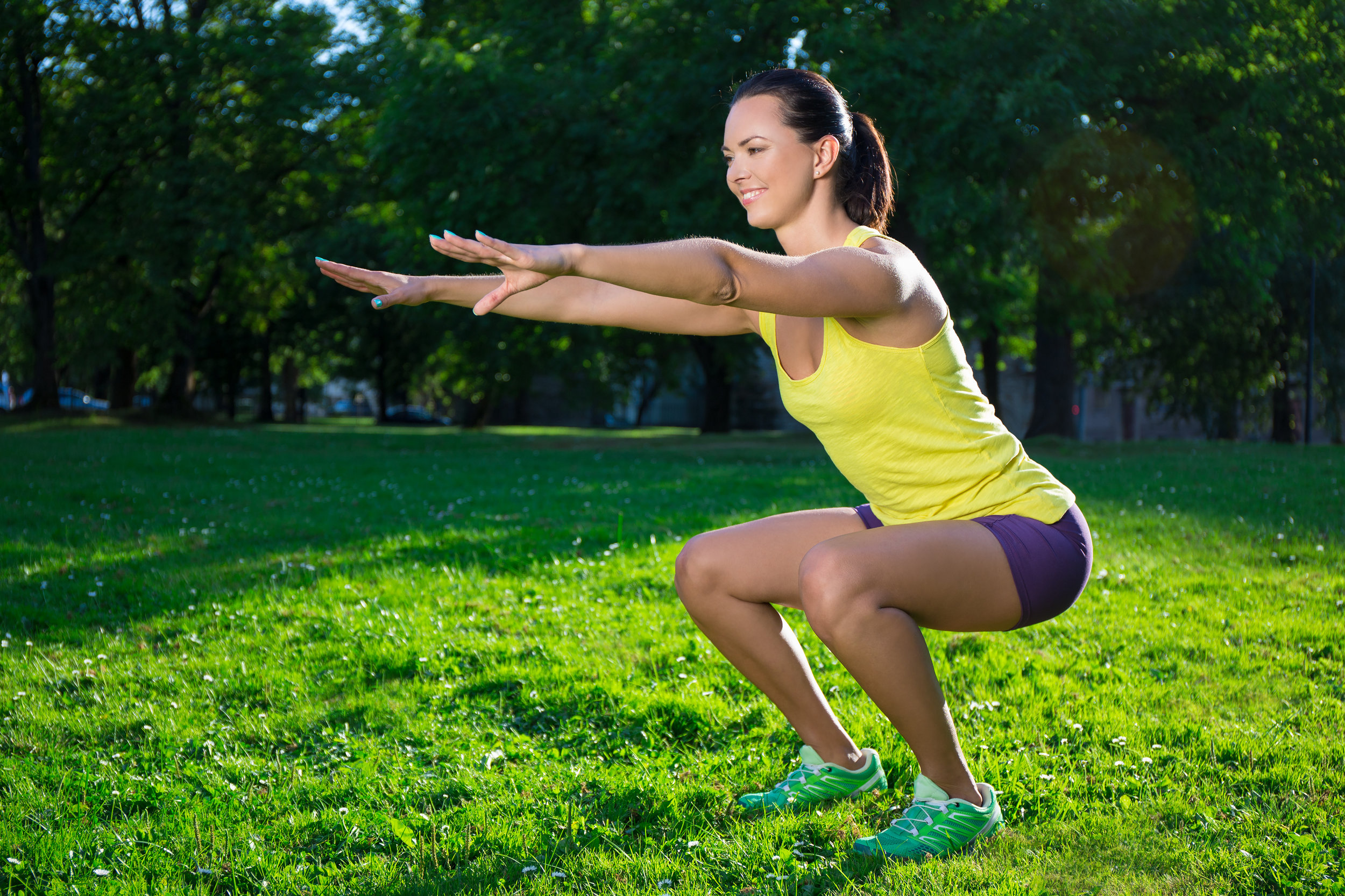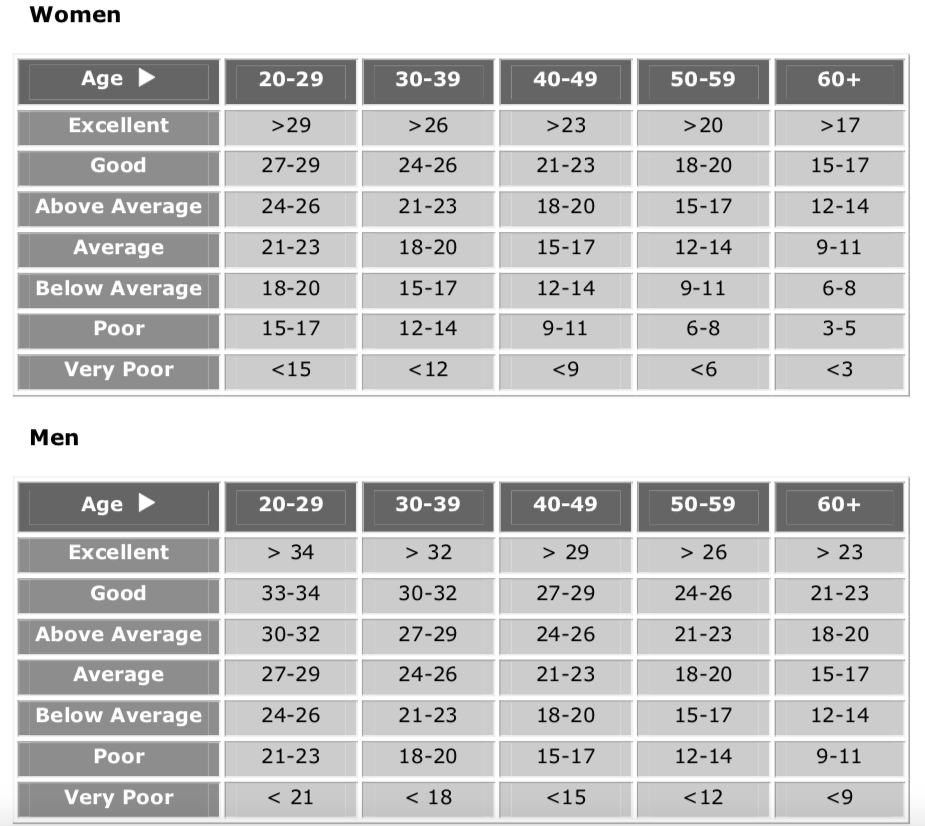I’ve had this blog piece in mind for a while and I thought, what better time to write about the heart than on Valentine’s Day. The belief systems of both the Ancient Egyptians and Greeks believed that the heart was connected to the soul, with the latter believing it was the seat of reason. During Roman times the Greek philosopher Galen built on these ideas, arguing that emotions came from the heart, rational thought from the brain and strangely, passion from the liver!
In Mediaeval times, the symbol of the heart began to appear as a sign of love, although originally the image much more closely resembled an anatomically correct diagram of the heart, something that most of us wouldn’t find too romantic these days.
The use of the image continued and was gradually adapted to look more like the heart we know today. Martin Luther, the major figure of the Protestant Reformation, used the image of a traditional love heart surrounded by a white rose as the symbol of Lutheranism from around 1530, and by the Victorian era, the practice of sending love notes on Valentine’s Day was born.
The Lutheran symbol - reproduced from https://stainedglassinc.com
What your heart can tell you
Anyway, enough of the history lesson, the real reason I wanted to create this blog was to show you how you can use your resting heart rate for all sorts of useful things.
Your heart is a muscle and just like those in your arms and legs, it contracts to create movement. Its job though is to move blood around your body, pumping used blood back to the lungs to be topped up with oxygen and freshly O2-enriched blood out to your muscles and organs where oxygen is in constant demand to keep you functioning. It has some unique properties that distinguish it from the muscles of your skeleton:
Unlike skeletal muscles, it’s involuntary, meaning you don’t have to think about it for it to beat. It would be slightly annoying if approximately every second your train of thought was interrupted whilst you remembered to contract your heart and keep oxygen-rich blood passing round your body.
Instead, it is switched on automatically by its own electrical current. This passes through continuously, causing your heart to fill, contract and push blood around your body, then refill.
Your heart muscle, or to give its fancy names, cardiac muscle or the myocardium, has to have oxygen to work. Your skeletal muscles can for a short period work anaerobically, or without oxygen, but this is bad news for the heart, one of the reasons why it beats continuously to ensure it gets what it needs.
Here’s how you can use your resting heart rate to learn more about yourself.
1. Fitness and health
Like the muscles attached to your skeleton, with exercise your heart becomes fitter. Regular cardiovascular exercise; walking briskly, running, cycling, swimming and gym work, causes the cardiac muscle to grow, in much the same way as your muscles grow if you lift big weights often enough.
As the heart grows in size and strength, that means it can pump out more blood with each beat and in response, it can perform its job more easily and not have to beat as often. This why measuring your resting heart rate is a good marker of your health and fitness. You can test it by feeling for your pulse in your wrist or neck using two fingers (don’t use a thumb as it has its own pulse), or many sports watches these days will provide data on your heart rate constantly, including your current average at rest.
Make sure you take readings when resting, having drunk no caffeine or alcohol, done no exercise and ideally not when stressed. First thing in the morning when you get up is a good time.
Here’s a guide to what the scores mean
60-80 beats per minute: a good resting score, well within the normal figures and showing that your heart is working at a normal level whilst at rest
Less than 60 beats per minute: If you’re active and generally lead a healthy lifestyle, this shows that your heart is strong and not having to pump too often to meet its demands. If you’re overweight and live an unhealthy lifestyle e.g. drink or smoke excessively, it’s worth visiting your GP to discuss this as low resting heart rates for you can be a sign that it’s not quite working as it should
Over 80 beats per minute: your heart is having to work hard even at rest. If you live an unhealthy lifestyle, you might want to consider what you can do to lose weight, increase your health or fitness and visit your GP to get a check-up. If it’s over 100, you should definitely see your GP to discuss actions and lifestyle changes.
2. Recovery
Resting heart rate will vary constantly by a couple of beats, but if you notice that yours has increased by 5 beats or more, it’s likely that you’re a bit fatigued. It could be that you haven’t recovered from a hard training session (or late night), or it could be a sign that you have a cold coming. For example, mine was hovering at around 45-48 last week, then all of a sudden it went up to 60 and was followed closely by a bout of man-flu.
Monitoring it daily can help you to keep an eye on training intensity, knowing when to ease back, and also to help you evaluate whether you’re on top of healthy habits like fruit and veg intake, water and sleep.
3. VO2max and other markers
Some of the fancier sports watches use something called Heart Rate Variability. Basically that’s the time-gap between your heart beats. When you’re fit and well, not too tired, training at the right level for you and free from colds etc, your heart naturally speeds up and slows down. That means that the time-gap between beats naturally changes too. Some watches can measure this change and actually use it to calculate an estimate of your cardiovascular fitness, known as your VO2max
V = Volume
O2 = Oxygen
Max = the maximum amount you can take in
The watch can provide you with a score, likely somewhere between 30 and 80 depending on your age and fitness, that shows you approximately how many millilitres of oxygen you can take in per kilogram of your bodyweight every minute. Fitter people can get more oxygen in, hence why they can work harder during exercise without getting tired.
You can find out more about VO2max here.
Love your heart
As you can see, your heart is a wonderful thing that can tell you all sorts about how well it’s working with some simple checks. Give it some exercise a few times a week, it loves it when it can see its muscles growing! ;-)
Stay balanced,
Paul











